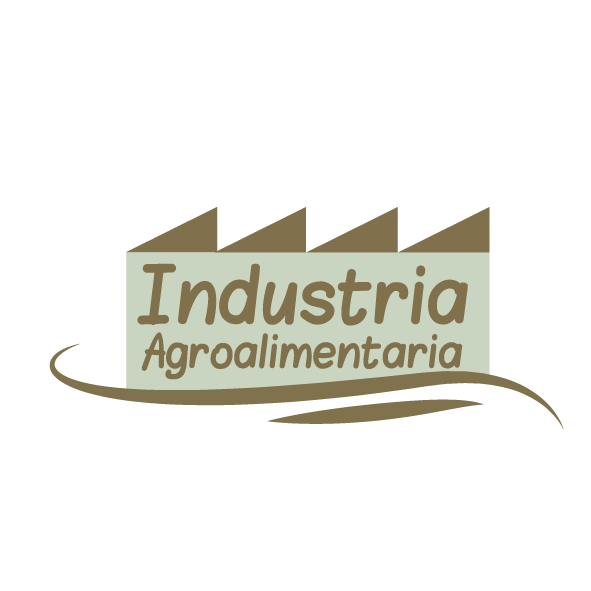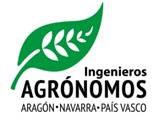
Greenhouse gas assessment and mitigation in agriculture: concepts, methods and simulation tools
Sep - Oct
28
02

Fecha: 15-May-2020
Fuente: IAMZ - CIHEAM
Hora de inicio: 00:00
- 1. Context
- 1.1. Status of Climate Change and potential role of agriculture to meet Paris Agreement expectations
- 1.2. Meeting sustainable intensification with Nationally Determined Contribution targets
- 2. Sources and drivers controlling GHG emissions at different scales: from the soil aggregate to the agri-food system
- 2.1. Main processes underlying emissions of CO2, N2O, CH4
- 2.2. The soil-plant-atmosphere system and its relationship with the C-N cycle components
- 2.3. Basic concepts for estimating GHG emission and removals from agriculture and from land use
- 3. Mitigation options for cropping systems. Examples
- 3.1. Main factors controlling emissions and effect of agricultural management practices
- 3.2. Options for reducing non-CO2 GHG emissions
- 3.3. Options for reducing non-biogenic GHG emissions
- 3.4. Options for reducing indirect GHG emissions (NO3- leaching, NH3 and NOx)
- 3.5. Enhancing CO2 removals
- 4. Reporting National GHG Inventories
- 4.1. The importance of the National Inventories
- 4.2. IPCC-based methods
- 4.3. New 2019 IPCC inventory guidelines
- 4.4. Overcoming drawbacks, limitations and uncertainties in different national conditions
- 4.5. Improving national inventories - an introduction
- 4.6. Practical work based on a case study
- 5. Improving GHG estimations and National GHG Inventories
- 5.1. Measuring agricultural GHG emissions and SOC changes at field scale
- 5.1.1. Methodological challenges: spatial/temporal variability, sampling issues, etc.
- 5.1.2. Overview of field and laboratory methods: limitations and opportunities
- 5.1.3. Low cost procedures and new developments
- 5.2. Process-based modelling approaches: overview, data requirement, limitations and opportunities, applications
- 5.2.1. Field-scale models for GHG estimation
- 5.2.2. Life cycle analysis (LCA)
- 5.2.3. Regional and global models
- 5.2.4. Challenges of scaling up (or down) in the models
- 5.2.5. Practical work
- 5.2.5.1. Field-scale process-based models
- 5.2.5.2. LCA
- 6. Socio-economic assessment of GHG mitigation
- 6.1. The marginal abatement cost curve methodology (MACC)
- 6.1.1. Key steps of the process
- 6.1.2. Examples from different countries
- 6.2. Barriers for mitigation implementation
- 6.3. Debate on how MACC can help decision making
- 7. Decision-making oriented tools
- 7.1. Decision support systems
- 7.2. User-friendly tools
- 7.3. Open-access databases
- 8. Round table discussion
- 8.1. Priorities on GHG research
- 8.2. How to incentivize the implementation of mitigation measures













